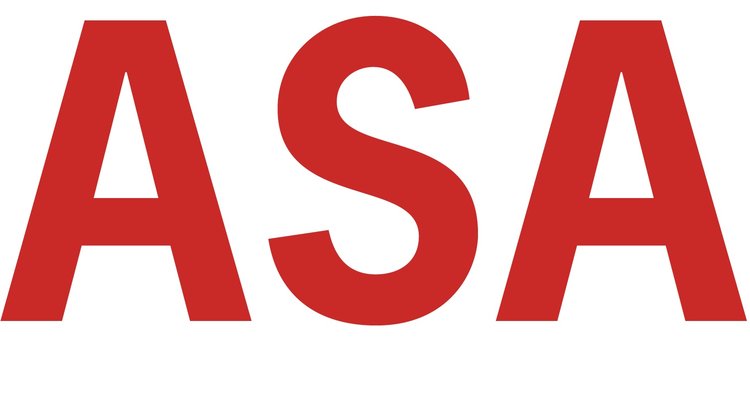It’s been about a month since I taught my last class in spring quarter. Add several weeks of tying up grading final papers and administrative paperwork and end-of-the-academic-year meetings, and then about ten days of trying to catch up on sleep and get back on a wellness program. And here we are.
The elevated pandemic infection levels across most of the country are a result of decisions made randomly, state by state, often against what federal guidance one can find from the CDC. A consequence of the rhetoric spewed by the president is that we are a country divided on what it means to wear a mask, and just how serious the threat is. People don’t like being told what to do under most circumstances, but this is a case where some of us have been self-isolating since early March. As governors have started to open businesses back up, the numbers of deaths and infections rise. It is as if opening to a next phase means that the pandemic is over, that there is nothing to worry about, and that the risks belong to others, not to oneself. For more on skews to our perception of personal risk, see this morning’s article in the New York Times.
In Seattle, we’ve had nearly daily protest marches for Black Lives Matter (BLM), most of which have been focused, peaceful and safe. Late last week, the Seattle Police Department went in under executive order and dismantled the CHOP, a three-week old encampment related initially to the BLM movement, which organized around the notion of self-government even as it made the area surrounding it less safe for residents. Today, the Seattle City Council votes on a tax on corporate salaries above a certain amount as a source of revenue to first stabilize a budget eaten away by COVID measures; and subsequently to provide revenues for new housing and related social equity initiatives.
I had thought I would take the month of July off, then get into research for my next book. Instead, I find that I’m reading from a fire hose and rereading American history at the same time. Jill Lepore says in These Truths: A History of the United States that “The past is an inheritance, a gift and a burden. It can’t be shirked. You carry it everywhere. There’s nothing for it but to get to know it.” I thought I knew about all the kinks in our history, the shameful decisions made that contribute to this day to inequity, but I am still learning. I am in summer school.
My colleague Anna Lauren Hoffman has organized a summer faculty reading group on technology and race, and we’re just finishing Ruha Benjamin’s Race After Technology. Then we’ll read Simone Browne’s Dark Matters: On the Surveillance of Blackness. We conclude in late August-early September with Charlton McIlwain’s Black Software: The Internet and Racial Justice, from the AfroNet to Black Lives Matter. I have always considered myself as much student as expert or teacher, and with this group of texts I am an enthusiastic student .
As a standard practice, I read four newspapers every morning, and receive a half dozen feeds from sites like Brookings Institution or government work groups I’m part of. Though I’ve managed to reduce my posts on sites like Twitter, LinkedIn or Facebook, I can’t seem to give up reading and listening to the news. It makes for a rather perfect blend into the three texts that are part of the study group. It is certainly a part of my profession, which requires continuous learning.
For those feeling unrefreshed in a season we normally count on for rejuvenation, I hear you. History is being made and breathing right down our throats at the same time. Because we’ve been deprived of face to face contact and physical classrooms, the digital world looms large. It’s often hard to remember what day it is.
As the poet Robert Frost said many years ago, “The best way out is always through.”
